How do you build out a Sales Development (SDR) function at your SaaS company? Sam Blond, Partner at Founders Fund and host of SaaStr’s CRO Confidential shares his advice for building an SDR function in 2024 based on his experience as CRO at Brex.
We’ll cover everything from setup to efficiencies in setting up an SDR function, including:
- The benefits of SDR
- When to hire your first SDR
- Who to hire
- How to measure performance
- Scaling the team
- Trends in outbound
The SDR Organization at Brex
Before diving into the finer points of building out your Sales Development team, let’s analyze some of the context on what Sam built out at Brex, including things that did and didn’t work. First, they had six AEs before they started hiring any SDRs. When Sam joined, there were two AEs, and he hired four additional AEs. Before even introducing SDRs as a function, there was a heavy focus on outbound. Establishing a baseline for successfully doing outbound with the existing sales team you have is critical before investing in a dedicated SDR function.
The first hire after six AEs was a senior hire, Ashley Kelly, as Senior Director of Sales Development. You can watch the full episode of the CRO Confidential with Sam and Ashley about dominating outbound sales here.
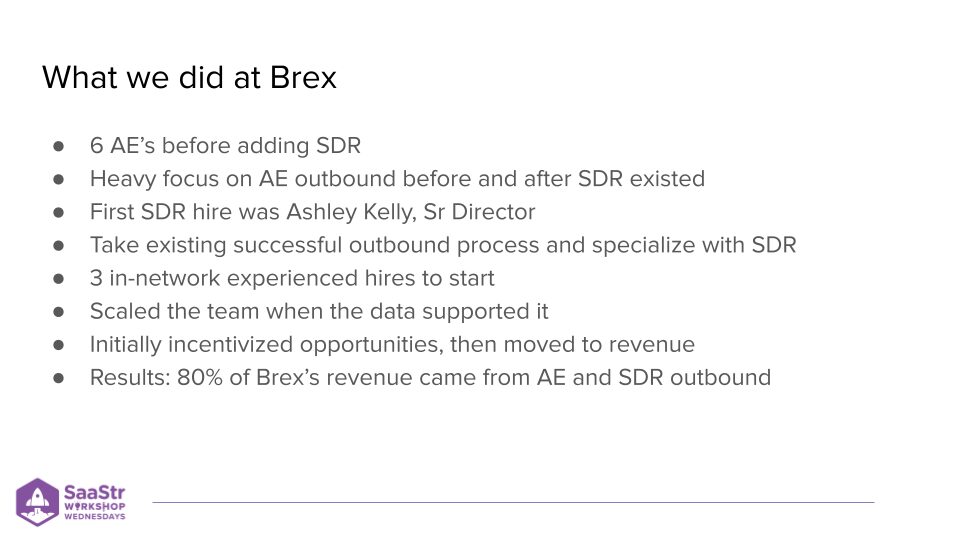
Ashley’s initial job at Brex was to take the existing successful outbound process, improve it, and specialize the function of SDR. The first thing she did was hire three experienced in-network hires, all top-performing SDRs from her previous company, Lever. These were already experienced SDRs, and they were in-network — two points worth noting.
From an incentives standpoint, they began by paying out the Sales team commissions based on Opportunities opened. Over time, they changed that to revenue — when an opportunity closed and generated revenue, and the SDR sourced it, they received credit on that revenue. As a result, 80% of Brex’s revenue came from outbound. When there were six AEs and no SDRs, 100% of outbound was from AEs. Over time, SDRs generated more revenue than AEs on a per-rep basis.
The Benefits of SDR
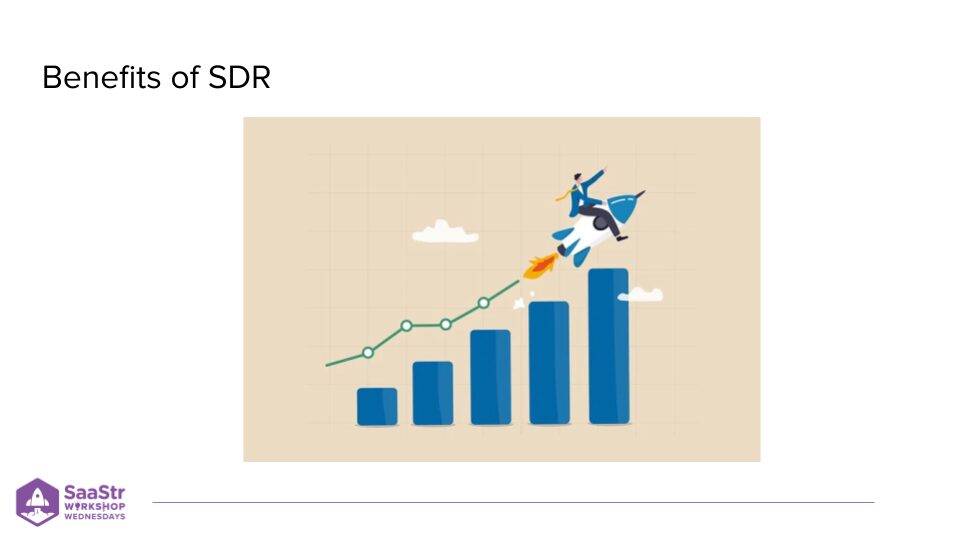
The first benefit of SDRs is increased demand, which leads to more revenue, and the business grows faster when you have a successful SDR organization in place. The less obvious benefit is you have a training ground to promote SDRs into the most successful AEs in the business.
At Brex, AEs were sourcing more revenue per rep than SDRs and closing that revenue. There was an internal push at the executive level of, “Why don’t we just hire more AEs if they’re sourcing and closing more?” The answer didn’t show up in the data. When Sam looked at AEs who were influencing the revenue that was attributed to AE outbound, all of the top Sales reps were former SDRs. Brex eventually reached a point where SDRs, on a per-rep basis, were sourcing more revenue than AEs but this feeder system is often overlooked.
When to Hire Your First SDR
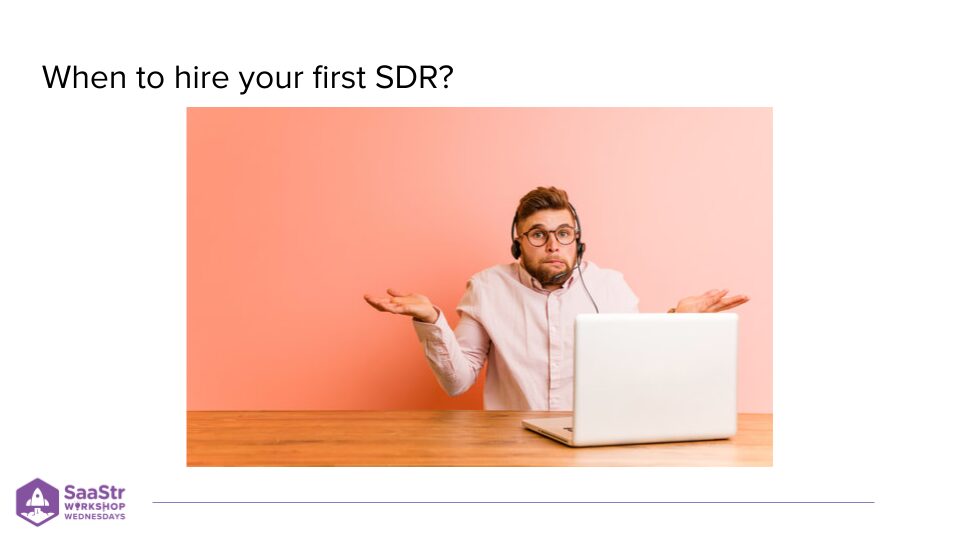
A big mistake Sam often sees founders make in early sales reps is to really push to hire an SDR before the business is ready. This could be the first Go-To-Market hire where you’re still doing founder-led sales, or you still have a founder as the sales leader and a couple of AEs pushing to hire an SDR to supplement demand gen.
In Sam’s experience, hiring an SDR for these reasons isn’t always the right approach. Based on his experience, there are two things to solve for, with the caveat that AEs should do their own outbound, whether it’s day one or year ten. During a podcast with Splunk CRO, Christian Smith shares that their AEs are still spending a bunch of time doing their own outbound and sourcing their own opportunities.
From a sales rep standpoint, the highest ROI is closing revenue, and the second highest is sourcing revenue. So, as founders, you can solve two things before hiring your first SDR.:
- Have an existing outbound process that is working and that you can improve upon. You don’t want to hire a junior SDR to come into an environment with no systems, process, or track record of successfully sourcing outbound opportunities.
- Someone who can actively manage them. Sometimes, you have a founder who is a direct manager or individual contributor who will help manage.
Sam’s guidance is not to introduce an SDR function until you have some success around outbound, an outbound process that’s working, and someone to actively manage those new hires. Up until that point, just hire full-cycle AEs (outbound sourcing and sales). Hire another AE and reinforce the importance of AEs doing their own outbound. If they can’t do it, SDRs won’t be set up for success in Outbound either.
Who to Hire
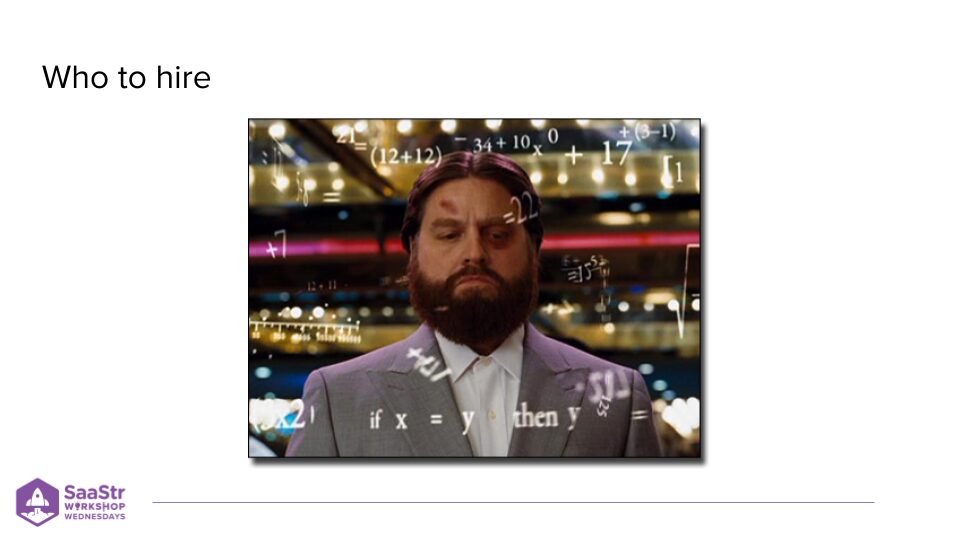
OK, now we have some outbound successes under our belt and someone in place to manage the SDRs. Who do we want to hire? At Brex, they hired a leader before they hired any individual contributor SDR. You can do that or hire two ICs. Those are the two paths to go down.
Hire a leader if you know who you want to hire. In Sam’s case, he knew Ashley already, and they knew they wanted to grow. There were six successful AEs, and they wanted to grow the SDR function rapidly, so bringing in a leader made sense. If Brex was earlier, they would have hired two IC SDRs and reported directly to Sam. If you do hire an SDR leader, make sure they’re willing to do individual contributor work. When Ashley came in, she was effectively an SDR before bringing on SDR hires.
A couple of things to solve for in who you hire:
- SDRs are entry-level salespeople, but some are more experienced than others. Your initial SDRs should have some experience. When Sam joined EchoSign as an SDR, he had four months of SDR experience. As one of the first SDRs, it would have been much more difficult to be successful.
- Start in-network and with the networks of the existing team. At Brex, Sam hired Ashley. The first three SDRs she brought on were in a prior organization she led. AEs can also leverage their networks.
The takeaway? Hire two SDRs at the same time or an SDR leader, solve for some experience, especially with SDRs, and leverage personal networks.
How to Measure Performance
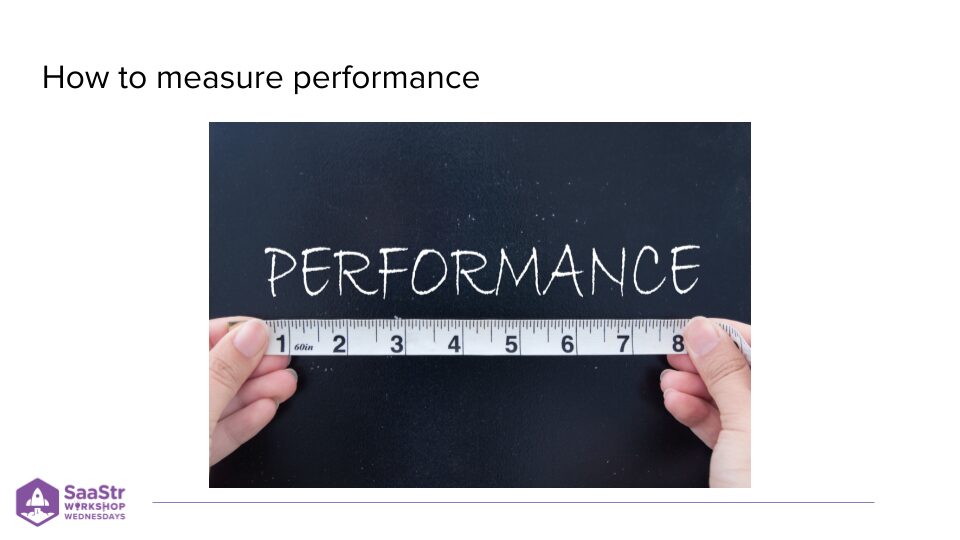
At this point, we’ve decided it’s time to invest in SDR. We know who to hire and have made those hires. Now, how do you measure the performance of the SDR organization and SDRs individually?
There are two metrics Sam sees most commonly used to measure performance.
- Opportunities. At Brex, they started with sales-qualified opportunities. If you schedule a meeting, that meeting is held and meets some criteria, the SDR receives credit.
- Revenue. Think about these things as quantity vs. quality. The further up the funnel you go, the more you solve for quantity of demand. The further down you go, culminating in revenue, the more you shift toward quality.
That process is the sequencing Sam would use to approach measuring performance when hiring your first SDRs. Almost universally, you want to incentivize quantity. The constraint for early-stage companies is not having enough opportunities in the funnel. The other thing early companies don’t have is data around things like conversion rates by industry and persona and revenue contribution by different categories. So, you want to cast a wide net when acquiring demos and opportunities. The constraint is a volume game.
Over time, you learn more about the business, and incentives aren’t necessarily aligned with the business outcome. You will hear things like, “That wasn’t a good demo,” The SDR demo quality coming from the SDR is low. You might also hear SDRs campaigning AE counterparts to give them credit for demos on the fringe of whether they should count. It won’t be closed revenue, yet they still want credit.
When these things start to happen, you want to go through the thought exercise of considering whether you should introduce or shift to incentivizing closed revenue. Try to decide which incentive will ultimately generate the most revenue for the business. Intuitively, you’d think incentivizing revenue would generate more revenue. But that’s not true on day one because you’re focused on opportunity performance.
Over time, as you learn about personas, conversions, types of companies and revenue, etc, you might consider shifting to the further-down-the-funnel metric.
Scaling the Team
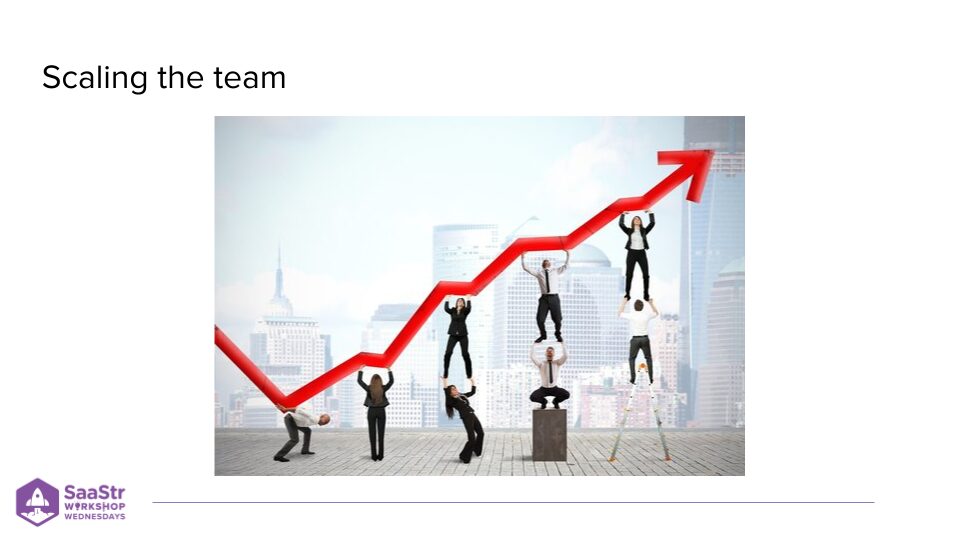
Following the sequence of building out your SDR org, now it’s time to scale the team. Right?
Sam was on a call with an SDR leader the other day in a lead-poor environment. The focus of the GTM org was on generating more demand. What did the SDR leader intend to do to fix this? They wanted to hire more SDRs because they thought the SDR to AE ratio was too low.
Sam’s first question under these circumstances is, “How effective is your existing team?” Forget about the ratio for a moment and think about what percentage of revenue is sourced from SDR. And on an efficiency or productivity basis, how does that compare to other channels?
The answer was that conversion rates today are low from SDR-sourced opportunities. The sales leader attributed this to not having a high enough SDR to AE ratio. If they had more SDRs, they’d be contributing more revenue on an absolute basis and certainly on a per AE basis. This is the wrong way of approaching scaling the SDR team.
You need to know your numbers first. You should know what attribution in January by both new logos closed and new revenue closed is. How much did SDR contribute to both of these? If anything, over time, efficiency will decrease as you add to the team.
The takeaway? Only scale when you are encouraged by the numbers. If you are not encouraged by the numbers, you should focus on improving the numbers before adding to the team.
The Importance of AEs Doing Their Own Outbound
At Brex, AEs were sourcing more revenue than SDRs were. Before scaling the SDR function, they had to figure out where the disconnect was happening. They wouldn’t have been able to diagnose the problem if they didn’t have AEs doing their own outbound already, which is why it’s essential that AEs source and close their own opportunities.
First, Ashley and Sam wanted to ensure they had a team they felt confident moving forward with. They shrunk the existing team a little and assessed why they thought the environment existed.
Two outcomes were produced from this exercise.
- AEs knew what great looked like from an opportunity standpoint, and SDRs didn’t. They took these opportunities to close and knew the types of people and companies likely to convert and generate revenue because they worked with them past the initial meeting. They got very sophisticated around lead scoring and no longer allowed SDRs to decide who they wanted to bring into the named account list. Sam and Ashley were very prescriptive about which sub-vertical within an industry, which personas, and which geographies SDRs could reach out to.
- Changing incentives from sourced opportunities to closed revenue.
These things radically changed the SDR environment, both in terms of where SDRs were focused and aligning incentives with the business. The result was SDRs closed or generated far more closed revenue than AE counterparts.
The takeaway?
You have to understand your numbers and the attribution of how much revenue is being sourced from each channel. Do not invest in hiring more SDRs if you aren’t satisfied with the performance and efficiency of the existing team.
Adding SDRs will only decrease efficiency. If you bring in more SDRs, take the existing team, ensure they’re successful, and you’re happy with the data. Don’t hire any more people. Let that be a defined constraint to motivate SDRs and SDR leaders to reach milestones to keep growing the team.
Trends in Outbound
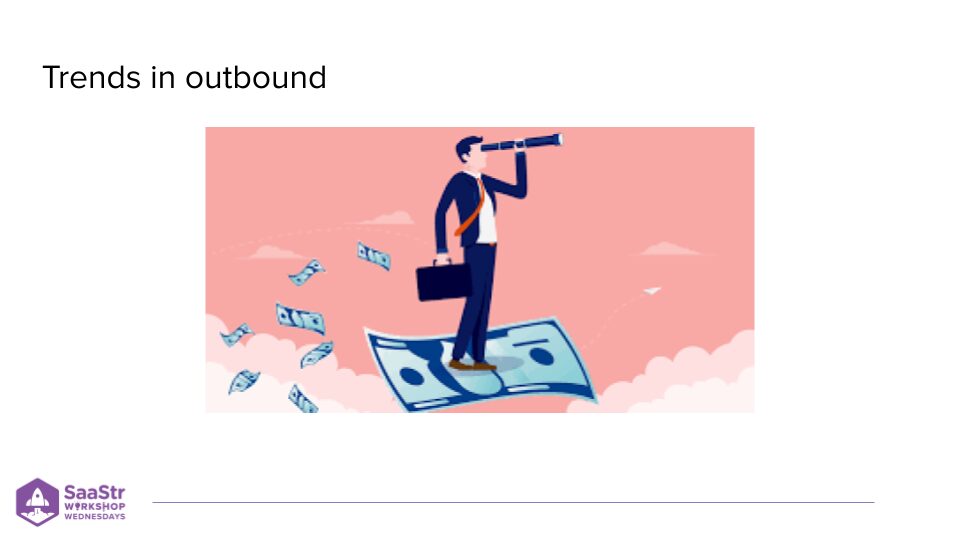
There is a narrative that from an outbound standpoint and within SDR as a function, we are moving away from “spray and pray” outbound email sequences, and that being the primary function and responsibility for an SDR as this approach is losing efficacy.
Here are four trends that can help you replace the spray-and-pray methodology of Outbound Sales:
- Leveraging your networks — Personal networks, investor networks, and customers.
- Giving your target something of value. For example, OpenStore is a Founders Fund portfolio company doing A/B testing with outbound to e-commerce. One test is a cold email confirming the address to send a bottle of champagne. Another is buying the target’s products and sending an email with pictures using the product. The champagne email is exponentially higher than buying the product the company is selling. If you send something of value, that stands out.
- Combining outbound with some brand tailwinds. At Brex, they put up billboards all over San Francisco when launching the product. They targeted companies headquartered in downtown SF and got countless responses to cold emails because they saw the billboards.
- Coordinating with marketing where you’re leveraging things like someone from a certain account visiting your website. That’s a good time for an SDR to reach out.
Building an SDR function in 2024 requires making your existing team successful before investing in SDR or scaling your team. AEs need to be sourcing their own opportunities always, and that needs to be embedded in the culture from day one. As you grow, you may shift from quantity to quality metrics for incentivizing SDRs, and it’s all dependent on your business, the length of the sales cycle, and the success of your existing teams.
